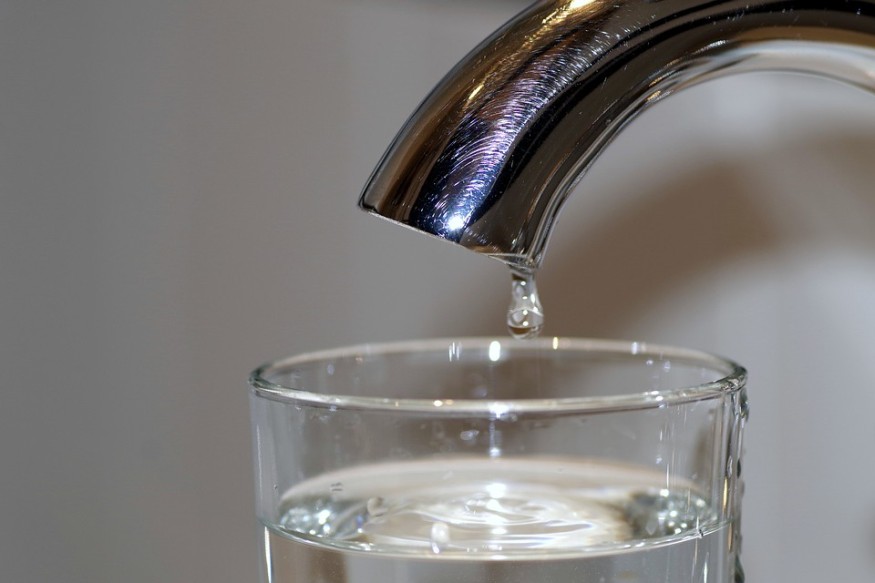
Have you ever wondered how safe your tap water is? You can now find out through a database. The Environmental Working Group (EWG) unveiled its newest Tap Water Database on Wednesday, October 23, which enables people to determine which contaminants are in their faucet water and how it may affect their health.
How does Tap Water Database work?
People could find out more about the details of contaminants and the health risks found in their tap water provided by their service provider by searching by ZIP code or state in the database.
The Tap Water Database contains information from almost 50,000 local water service providers in 50 states where it features water quality tests administered by water systems from 2012 to 2017. According to EWG, a total of nearly 32 million test results for 525 chemicals - 284 of which were detected in the drinking water consumed by the Americans.
Tasha Stoiber, a senior scientist at the EWG, told Yahoo Lifestyle that people take clean water for granted. She underscored that just because most systems in the United States pass the federal drinking water standards "does not mean it is entirely safe — especially for pregnant women, children, or those with compromised health states." She added that low contamination levels could cause harm to a person's health.
A research published in the journal Heliyon unveiled that cancer-causing contaminants might already be in tap waters. Scientists at the EWG examined these tap water contaminants from 2010 to 2017. They discovered 22 carcinogens - such as radioactive chemicals, disinfection by-products, and arsenic - in tap waters across the United States. The studies figured that contaminants might lead to around 100,000 cases of cancer.
Stoiber underscored that they intend to inform people what is in their water and what they could do to improve the quality of this basic necessity. Hence, the EWG called on the government to ensure that the tap water is safe to be used by the people.
The Safe Drinking Water Act allows the Environmental Protection Agency (EPA) to protect drinking water from the harmful effects that contaminants create. Congress passed the act in the year 1974. The bill was amended and reauthorized in 1996.
Stoiber said that not one federal drinking water standards had been passed for nearly 20 years. She added the country had an "outdated drinking water regulations" that could protect people's health.
EWG said that most of the 278 contaminants discovered in the local utilities' tests are found to be "clean" under the Safe Drinking Water Act. However, scientific studies claimed that these contaminants pose health risks. Stoiber expects the database helps people to learn further about what's in their tap water.
What can people do to check water safety?
Knowing the symptoms to look out for water contamination and how to test for water safety can save you from serious illnesses and carcinogens. Here's how:
1. Find out where your water originated
Coordinate with your local water provider to know where your water comes from if you live in a city or county. It can help you better comprehend the risks in your place.
2. Identify the water contaminants
Centers for Disease Control and Prevention said there are more than 150,000 public water systems in the United States. More than 286 million people have their tap water from a community system, the agency added. CDC added there ten most common public outbreaks in water systems. Salmonella, Hepatitis A, and E. Coli are included.
3. Know How Your Water is Tested
The CDC and EPA require your local water agency to test water for safety regularly. The frequency and type of testing depend on the size of the population using the system. If you are worried that your drinking water may not be safe, you can purchase a home test kit.
What can people do if their drinking water is contaminated? Get an excellent water filter. EWG offers a water filter guide to find an appropriate filter depending on the contaminants found in the local drinking water.
© 2025 NatureWorldNews.com All rights reserved. Do not reproduce without permission.




